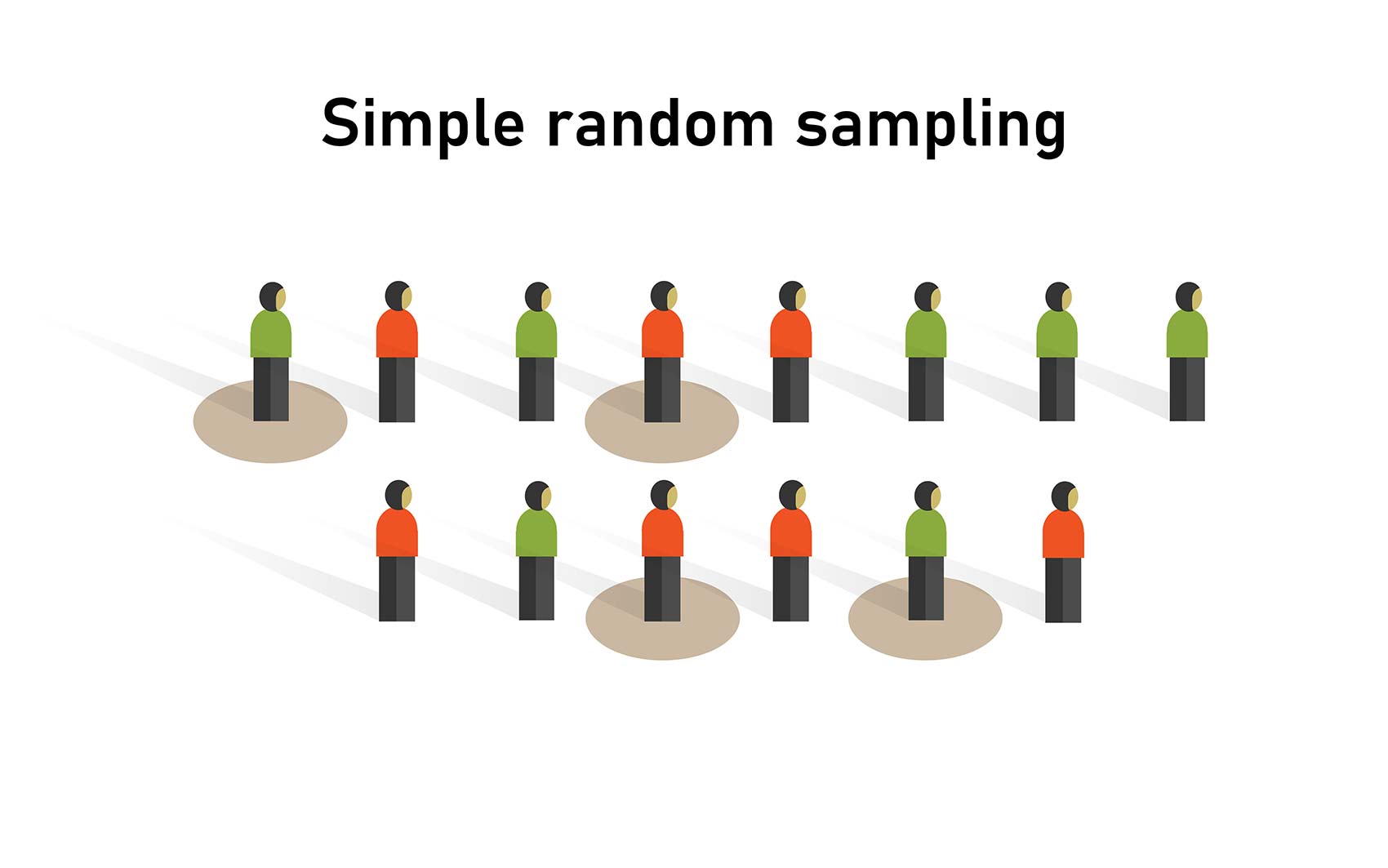
Julia Simkus is a graduate of Princeton University with a Bachelor of Arts in Psychology. She is currently studying for a Master's Degree in Counseling for Mental Health and Wellness in September 2023. Julia's research has been published in peer reviewed journals.
Reviewed by
&Editor-in-Chief for Simply Psychology
BSc (Hons) Psychology, MRes, PhD, University of Manchester
Saul McLeod, PhD., is a qualified psychology teacher with over 18 years of experience in further and higher education. He has been published in peer-reviewed journals, including the Journal of Clinical Psychology.
Associate Editor for Simply Psychology
BSc (Hons) Psychology, MSc Psychology of Education
Olivia Guy-Evans is a writer and associate editor for Simply Psychology. She has previously worked in healthcare and educational sectors.
Simple random sampling is a technique in which each member of a population has an equal chance of being chosen through an unbiased selection method. Each subject in the sample is given a number, and then the sample is chosen randomly.

The random sampling method is one of the simplest and most common forms of collecting data, as it provides an unbiased representation of a group. The random subset of selected individuals represents an entire data set.
The goal of simple random sampling is to create a manageable, balanced subset of individuals that is representative of a larger group that would otherwise be too challenging to sample.
For example, if you wanted to conduct a survey about food preferences in a school of 1000 students, and you wanted to sample 100 students.
You could use simple random sampling by assigning each student a number from 1 to 1000, then using a random number generator to pick 100 numbers.
The students assigned those numbers would be the ones you survey.
It is the least biased sampling method, as every member of the target population has an equal chance of being chosen. The purpose of simple random sampling is to give each individual an equal chance of being chosen.
This is meant to represent a group that is free from researcher bias. Like any sampling technique, there is room for error, but this method is intended to be an unbiased approach.
Random sampling ensures that every member of the target population has an equal chance of being selected. This helps to ensure that the sample is representative of the population, making it more likely that the findings can be generalized to the entire population.
It is a very expensive and time-consuming method; it is difficult to get the name of every member of the target population, especially if it is a very large population, so it is rarely used.
This is actually quite hard to achieve – especially if the parent population is large. Since the participants do not volunteer to participate, it can be challenging for researchers to gain access to respondents when drawing from a large population.
Sampling errors can occur when the sample does not accurately represent the population as a whole. If this occurs, the researcher would need to restart the sampling process.
There are four types of random sampling techniques (simple, stratified, cluster, and systematic random sampling.